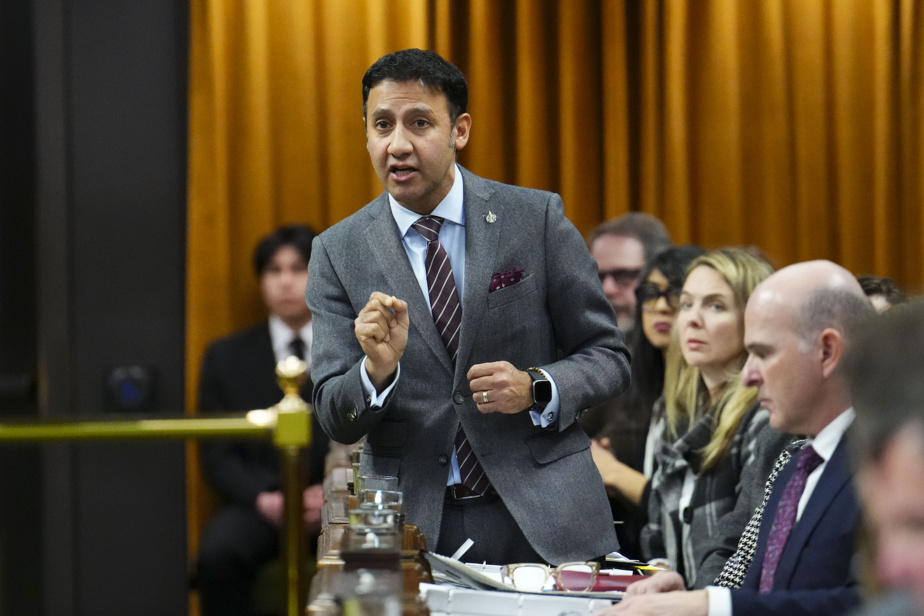(Ottawa) The federal government wants to tighten the screws on social media platforms, live streaming services and adult content services.
Posted at 3:34 p.m
![]()
Justice Minister Arif Virani on Monday introduced Bill C-63 on online harms, which has been anticipated for years and is expected to heat up debate in the House of Commons in the coming weeks and months.
Under the legislation, online services must “reduce exposure to harmful content” and make certain content inaccessible, particularly child sexual victimization and intimate content that is not communicated consensually.
Without being forced to verify users' ages, as Senator Julie Miville-Dechêne proposes in her bill S-210, websites must adopt “special protections for children,” government documents say.
The package of measures contained in Bill C-63 includes the creation of new bodies, namely the Digital Security Commission, consisting of five government-appointed members, and the Digital Security Ombudsman.
Users can contact these organizations if malicious content is discovered.
The Minister of Justice also wants to create a new hate crime offense in the criminal code. This would apply to all crimes provided for in the criminal code, we read in the government's information folder.
He also proposes increasing the maximum penalties for the four hate propaganda offenses. For example, the penalty for glorifying genocide would be increased from five years to life in prison, while the penalty for other hate crimes could be five years instead of two.
Private and encrypted messaging services are excluded from Bill C-63.
Minister Virani will provide an update at the end of the day, Monday.
A few hours before the bill was introduced, New Democrat leader Jagmeet Singh criticized the Liberals for their slowness to act on the issue. At the same time, he accused conservatives of wanting to side with the web giants and their billionaires like Elon Musk.
Harmful content can be divided into seven categories:
- Content that depicts child sexual victimization or perpetuates survivor victimization;
- Content intended to intimidate a child;
- Content that encourages a child to harm themselves;
- Content that incites violent extremism or terrorism;
- Content that incites violence;
- content that incites hate;
- Intimate content communicated in a non-consensual manner, including hyperfaking.

